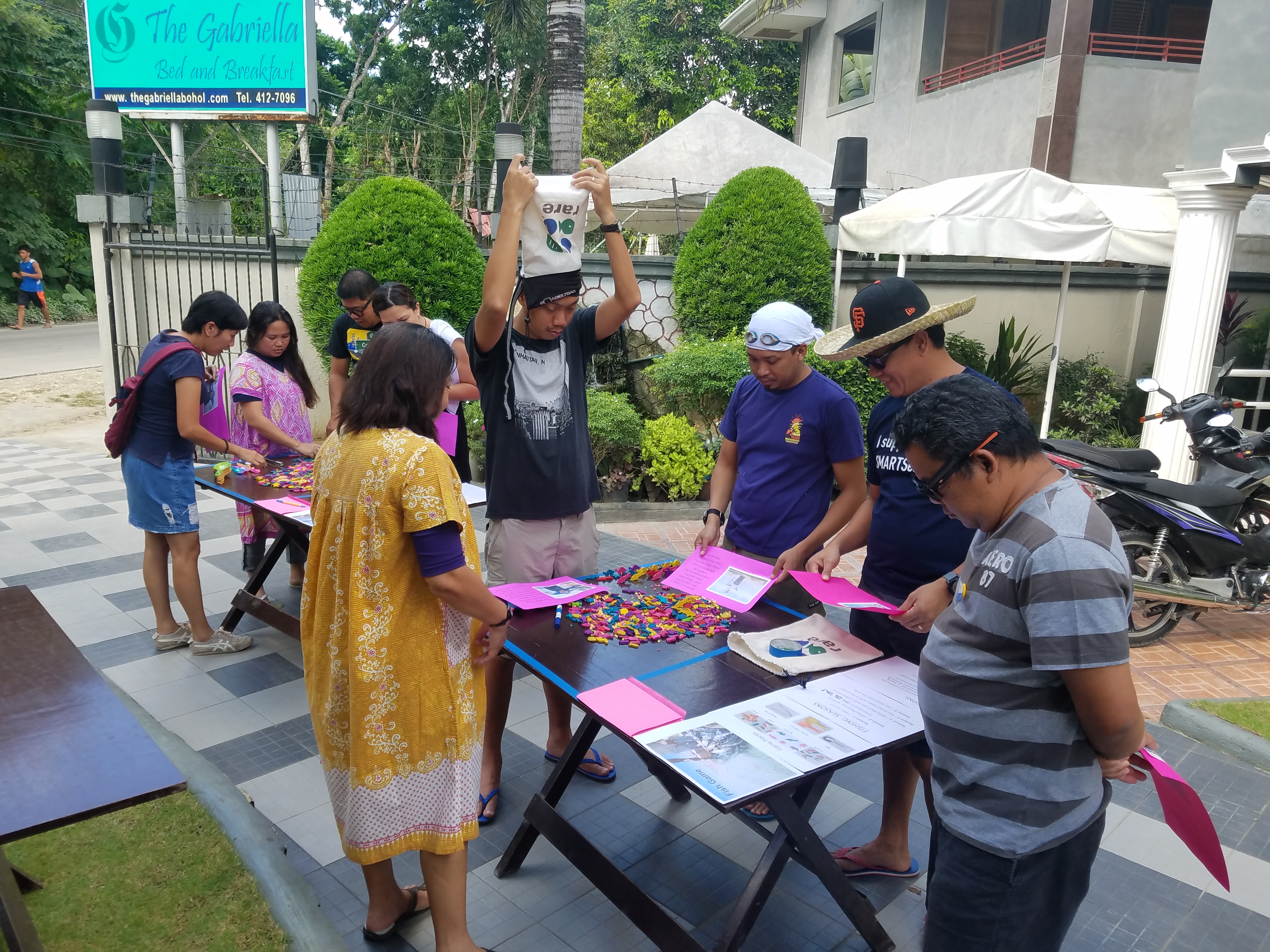Multi-stakeholder workshop
Participants representing diverse interests meet to discuss three issues: biodiversity in the National Park, water management and fire prevention, and co-management for natural resources. The group decides on actions to be taken and agrees on an appropriate timetable for action. Group members include representatives from ministries, universities, science and planning institutes, province governments’ staff, national parks, protected areas, and local communities.
• Agreement on the problem
• Strong political will at all levels
• Engagement of the local community
• Support for technical and methodological knowledge
• Support to establish and sustain co-management
Not only was the problem recognized and prioritized, but also stakeholders at all levels showed strong commitment to working together for saving this significant cultural site, its biodiversity and ecosystem.
The support provided by the project to start and follow through with a co-management process proved to be a winning input that brought together all stakeholders with different backgrounds to jointly identify the problem. This process helped all stakeholders reach an agreement to undertake the appropriate steps towards conservation and sustainable development of the National Park. It also allowed, at the same time, accommodation of farmer’s interests to raise an endangered, endemic fish species that contributes to food security and income.
